Mario Corsolini
VideoKifu, or the automatic transcription of a Go game
Jul 04, 2018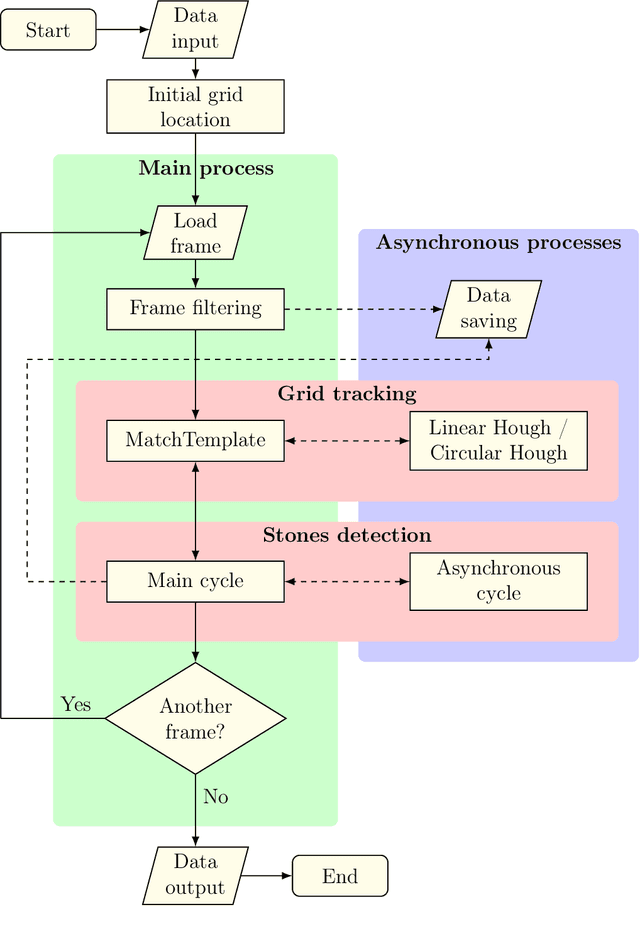
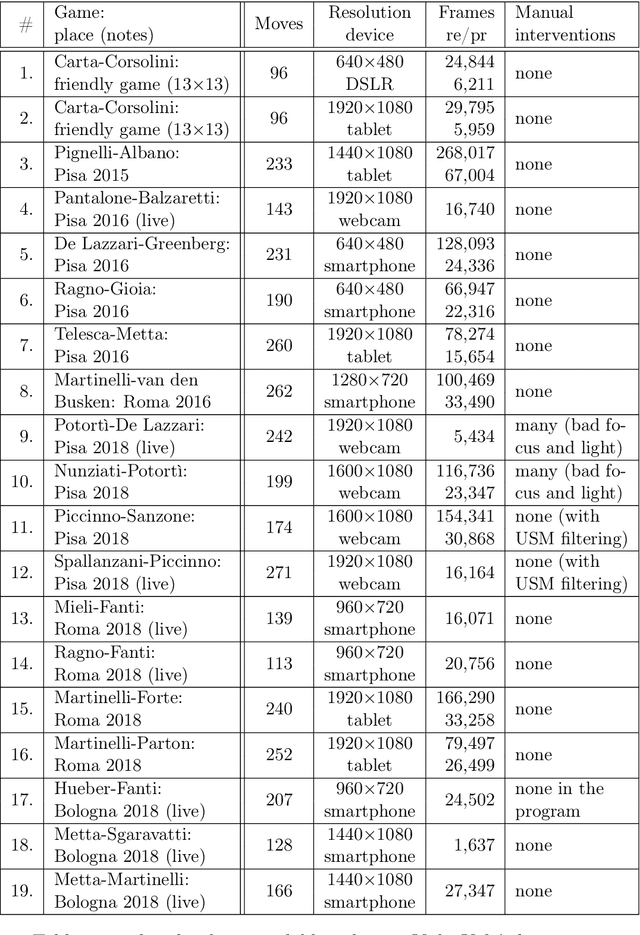
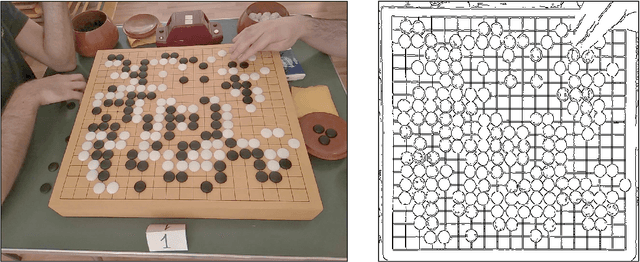
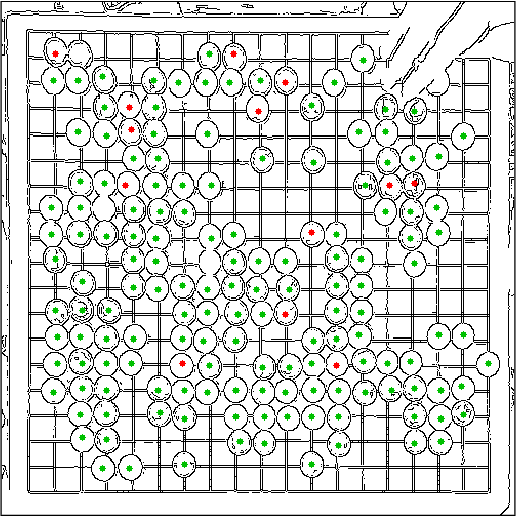
Abstract:In two previous papers [arXiv:1508.03269, arXiv:1701.05419] we described the techniques we employed for reconstructing the whole move sequence of a Go game. That task was at first accomplished by means of a series of photographs, manually shot, as explained during the scientific conference held within the LIX European Go Congress (Liberec, CZ). The photographs were subsequently replaced by a possibly unattended video live stream (provided by webcams, videocameras, smartphones and so on) or, were the live stream not available, by means of a pre-recorded video of the game itself, on condition that the goban and the stones were clearly visible more often than not. As we hinted in the latter paper, in the last two years we have improved both the algorithms employed for reconstructing the grid and detecting the stones, making extensive usage of the multicore capabilities offered by modern CPUs. Those capabilities prompted us to develop some asynchronous routines, capable of double-checking the position of the grid and the number and colour of any stone previously detected, in order to get rid of minor errors possibly occurred during the main analysis, and that may pass undetected especially in the course of an unattended live streaming. Those routines will be described in details, as they address some problems that are of general interest when reconstructing the move sequence, for example what to do when large movements of the whole goban occur (deliberate or not) and how to deal with captures of dead stones $-$ that could be wrongly detected and recorded as "fresh" moves if not promptly removed.
A New Approach to an Old Problem: The Reconstruction of a Go Game through a Series of Photographs
Apr 20, 2018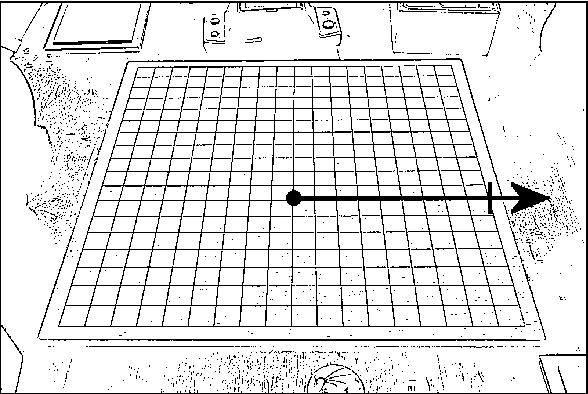
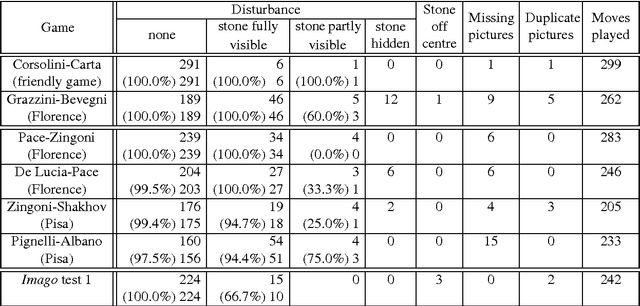
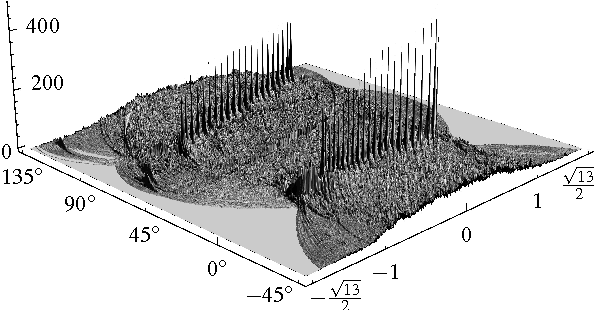
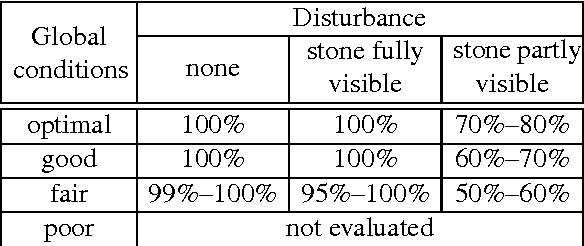
Abstract:Given a series of photographs taken during a Go game, we describe the techniques we successfully employ for pinpointing the grid lines of the Go board and for tracking their small movements between consecutive photographs; then we discuss how to approximate the location and orientation of the observer's point of view, in order to compensate for projection effects. Finally we describe the different criteria that jointly form the algorithm for stones' detection, thus enabling us to automatically reconstruct the whole move sequence.
* 13 pages, 18 figures, datasets available from http://www.oipaz.net/VideoKifu.html - added references in section 1, updated addresses, added indication that both authors contributed equally
Moving to VideoKifu: the last steps toward a fully automatic record-keeping of a Go game
Jan 19, 2017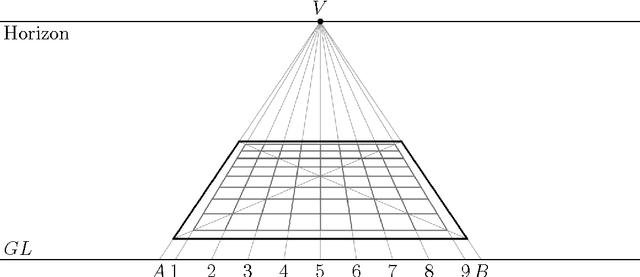

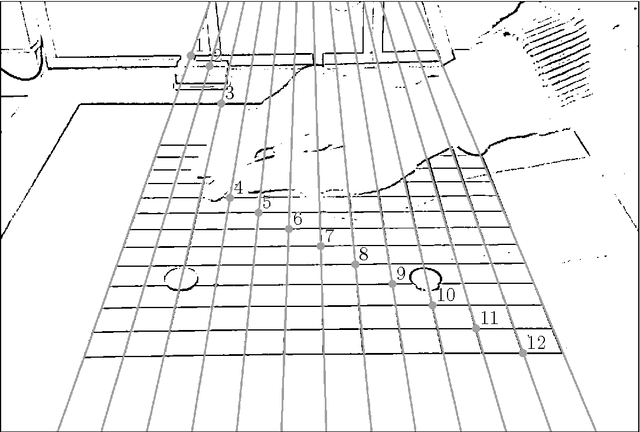
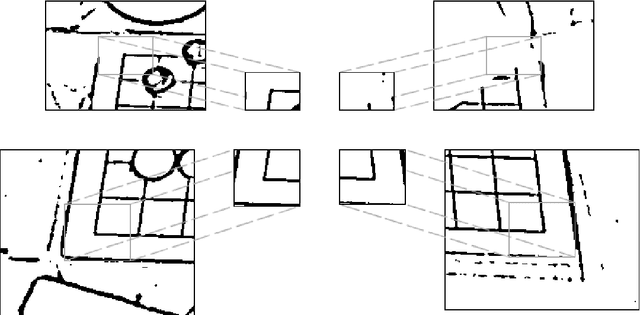
Abstract:In a previous paper [ arXiv:1508.03269 ] we described the techniques we successfully employed for automatically reconstructing the whole move sequence of a Go game by means of a set of pictures. Now we describe how it is possible to reconstruct the move sequence by means of a video stream (which may be provided by an unattended webcam), possibly in real-time. Although the basic algorithms remain the same, we will discuss the new problems that arise when dealing with videos, with special care for the ones that could block a real-time analysis and require an improvement of our previous techniques or even a completely brand new approach. Eventually we present a number of preliminary but positive experimental results supporting the effectiveness of the software we are developing, built on the ideas here outlined.
* 20 pages, 14 figures. Accepted for publication in the "Journal of Baduk Studies", datasets available from http://www.oipaz.net/PhotoKifu.html
 Add to Chrome
Add to Chrome Add to Firefox
Add to Firefox Add to Edge
Add to Edge